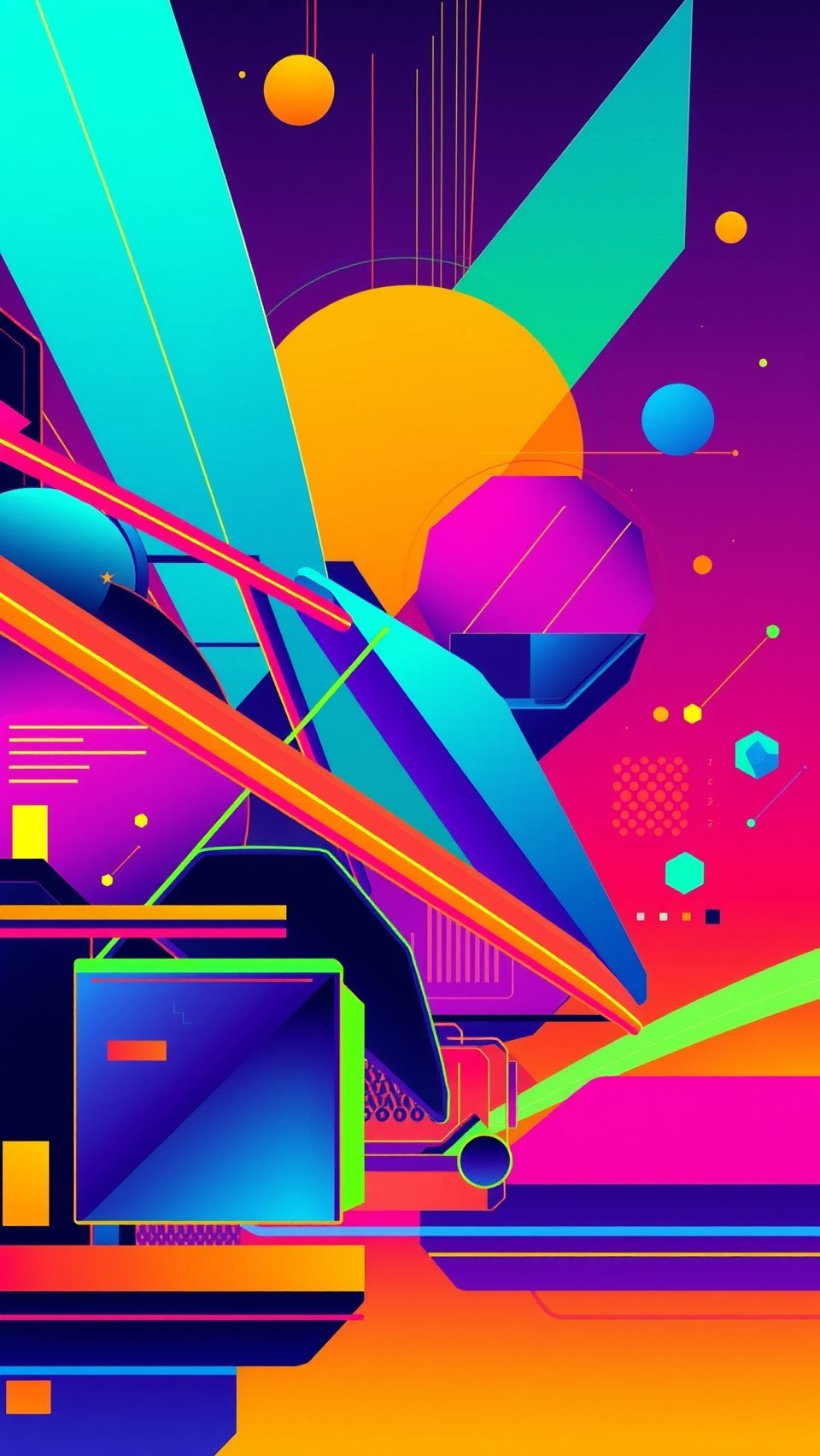Beijing Startup Takes Down Silicon Valleys Ai Crown
The Rise of DeepSeek: How a Chinese Startup is Challenging Silicon Valley’s Dominance in AI …
25. July 2025

Google Photos has made a significant step forward in its pursuit of artificial intelligence (AI) innovation by introducing a suite of new features that harness the power of machine learning to transform static images into dynamic videos and interactive illustrations. At the heart of these updates is a revolutionary “photo-to-video” capability, now available to users in the United States on both Android and iOS devices.
The platform’s AI-powered features have expanded its creative tools, offering users innovative capabilities that were previously unavailable. The “remix” feature enables users to select their favorite photos and transform them into unique, hand-drawn illustrations in various styles, including anime, comics, sketches, 3D animations, and more. This option is designed with a user-friendly interface that makes it easy for anyone to create stunning, custom illustrations using just their photos.
In addition to the remix feature, Google Photos has introduced a new “Create” tab within the app, serving as a hub for all creative tools and features. The updated interface provides tutorials and guides to help users get started with these exciting new capabilities. As Google continues to expand its creative offerings, it’s clear that the company remains committed to pushing the boundaries of what’s possible with AI-powered technology.
The launch of these new features coincides with updates for YouTube Shorts, a popular video-sharing platform owned by Google. Recent improvements have included support for advanced photo-to-video tools and AI-powered effects powered by the Veo 2 model. As part of this update, Shorts will soon upgrade to Veo 3 later this summer, bringing even more innovative features to users.
To ensure the highest level of quality and safety, extensive “red teaming” has been undertaken by Google’s internal teams to identify potential vulnerabilities in these new features. Additionally, user feedback mechanisms have been put in place to gather insights from customers and refine these features over time.
While there may be some teething issues with these updates, Google’s commitment to ongoing improvement is reassuring. By investing significant resources into its AI-powered features, the company sets a high bar for itself in terms of innovation and creativity.
The impact of Google Photos’ AI-powered features extends beyond the platform itself, as they reflect a broader trend towards greater automation in creative industries. Companies like Google are harnessing the power of machine learning to tap into new sources of inspiration and innovation, freeing up human creatives to focus on more high-level tasks.
However, there is an important debate around the ethics and safety implications of relying so heavily on AI-generated content. While features like photo-to-video tools can be incredibly useful for users, they also raise questions about authorship, ownership, and authenticity. As these capabilities become more widespread, it’s essential that we have open and informed discussions about their potential impact.
With its robust features and intuitive interface, Google Photos’ new creative tools are now available to users in the United States on Android and iOS devices. The platform continues to expand its offerings, with plans to roll out its new “Create” tab to customers across the globe in August. As we look ahead to the future of visual storytelling, it will be exciting to see how these capabilities continue to evolve and shape the way we create, share, and interact with images.
The recent updates for YouTube Shorts have also raised important questions about authorship, ownership, and authenticity in the digital age. As we navigate this complex landscape, prioritizing open and informed discussions about the potential impact of these capabilities on our creative industries is essential.
Google’s commitment to AI innovation and user-centric design has once again positioned the company at the forefront of the industry. With its innovative features and intuitive interface, Google Photos’ new update is sure to delight users and inspire new levels of creativity. As we look ahead to the future of visual storytelling, it will be fascinating to see how these capabilities continue to evolve and shape the way we create, share, and interact with images.
The integration of AI-powered features into creative industries also raises important questions about the role of human creatives in the digital age. By harnessing the power of machine learning, companies like Google are able to tap into new sources of inspiration and innovation, but they must also consider the potential impact on the work of human creatives.
In order to ensure that these capabilities continue to benefit users while minimizing potential drawbacks, it’s essential that we have open and informed discussions about the ethics and safety implications of relying so heavily on AI-generated content. By prioritizing transparency and accountability in our creative industries, we can foster a more nuanced understanding of the impact of AI-powered features on visual storytelling.
The future of visual storytelling will undoubtedly be shaped by the integration of AI-powered features into creative industries. As we navigate this complex landscape, it’s essential that we prioritize open and informed discussions about the potential impact of these capabilities on our creative industries.